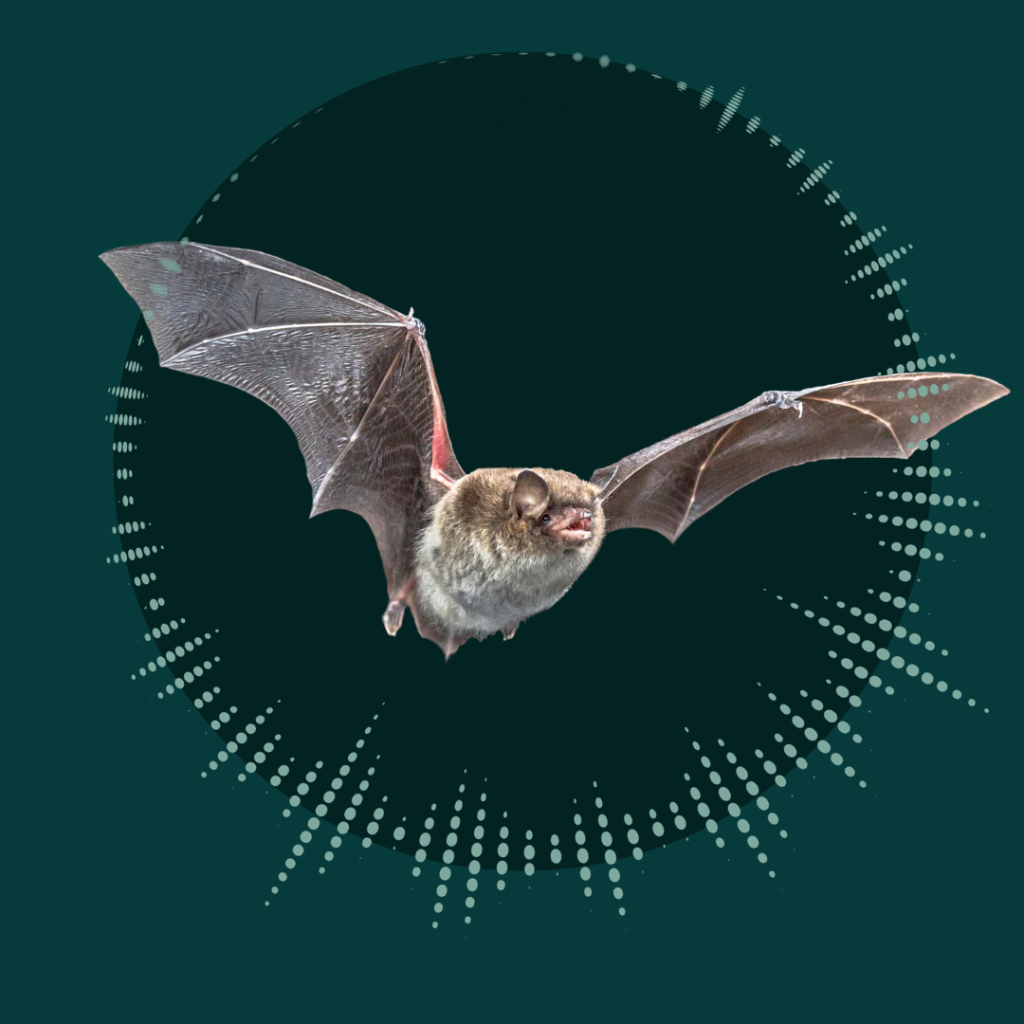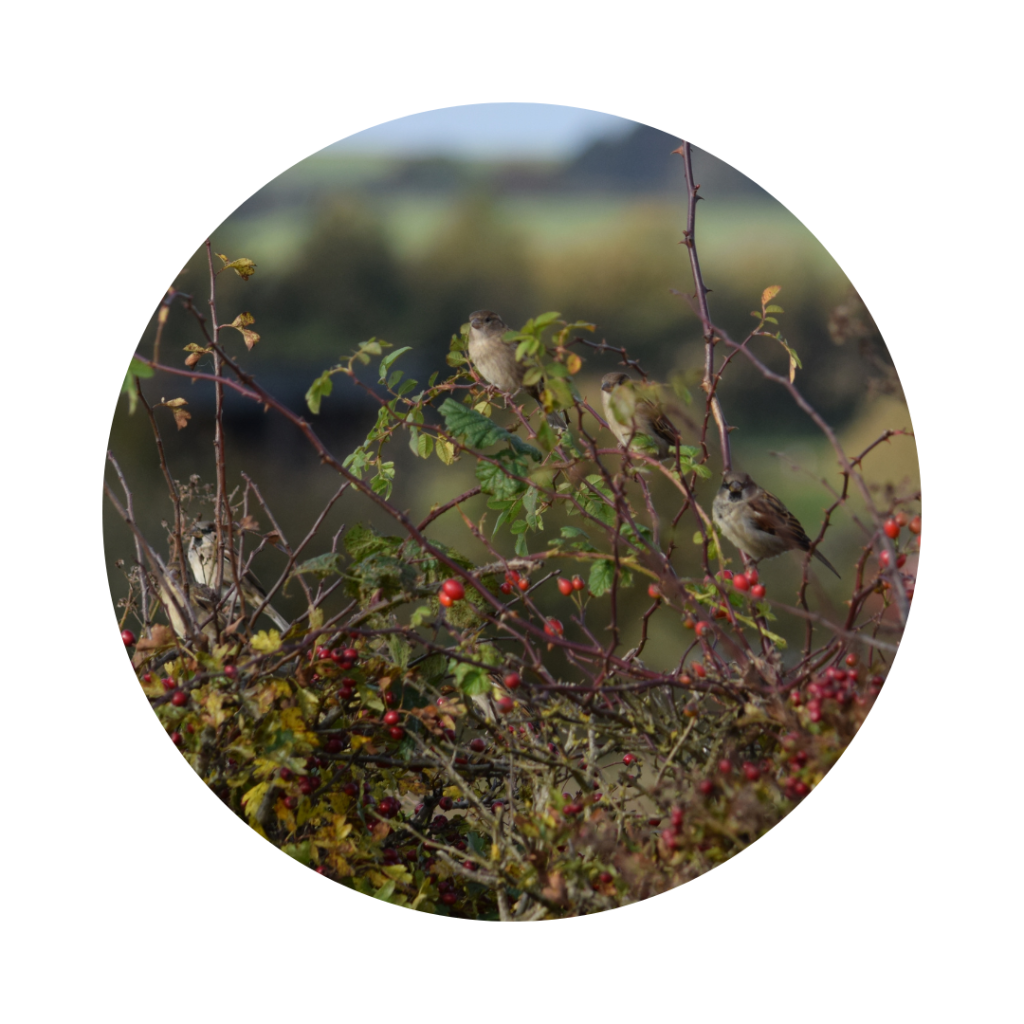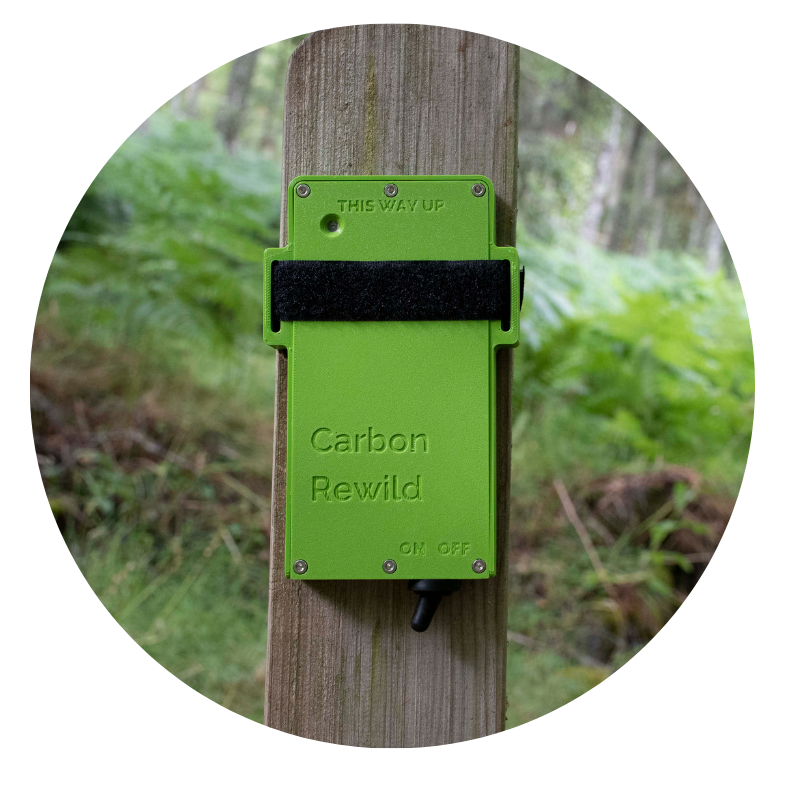To get the most out of your bioacoustic survey, the recorder needs to be placed in a suitable location. There are a few factors to consider when choosing a location for the device which are outlined below, along with the short video.
Our instructions include the following steps to get setup. Within your Carbon Rewild package, you should find the recorders, straps, and printed instructions for setup. The survey setup process has the following simple steps:

1. Survey Methodology
For a single recording device, you should place the recording device strategically, closest to the area you are planning to monitor.
If you are placing more than one recording device, then you have a choice about where to place the recording devices.
For an even distribution, you may wish to divide your site into a regular grid, spacing the recording devices evenly across the site. We recommend you space the recording devices no closer than 250m to avoid overlap of species recordings (some birds and bats can be heard at this distance).
The alternative approach is a strategic deployment, placing the devices near distinct habitats or areas of interest.
In reality, you are likely to combine these approaches for your survey design, and we can provide guidance based on your requirements. Please contact us if you would like to discuss your monitoring plan further.

2. What are you monitoring?
Depending on the species group you are monitoring, there will be differences in the locations you should place the recording devices.
For dedicated Bat monitoring, placement near edge habitats (woodland edges, treelines and hedgerows) is important to maximise detection. Additional locations where bats are likely to be detected are near sources of water. For woodland monitoring, the interior of woodlands are also suitable locations.
For bat monitoring, recording devices can be fixed approx. 2m from the ground, but can be fixed 2m+ from the ground. However, if you choose to place them above 2m, you do so at your own risk and must take all necessary safety precautions. If it is not possible to achieve without risk, then please avoid doing so; placement at a comfortable head height will achieve good results.
For Bird monitoring, placement of a recording device can be 1 – 2m from the ground. Further guidance may be needed for other species groups (e.g. small terrestrial mammals). Please speak to a member of the team about species guidance if you have any questions.

3. Avoid Vegetation
Vegetation and other objects can mask natural noises and reduce the chance of a successful species identification. Therefore, it is important to avoid a location which is surrounded by dense vegetation or attaching to large trees which can block noise.
It is especially important for bat monitoring to avoid vegetation and large surfaces nearby, as ultrasonic signals are more easily affected by these features, and can limit species identification.
Top tip: don’t just think about when you are deploying the recording devices, but think about the whole survey period. If you are deploying at the beginning of Spring, then vegetation will likely grow during the survey period, causing issues later on. You may also find yourself crawling through overgrown bramble to retrieve a device… we’ve been there!

4. Avoid Sources of Background Noise
Excessive background noise could reduce the ability of the device to pick up faint or quiet calls. Therefore, locating the device away from background noise is important.
Background noise sources can be natural or artificial, including:
- Running water or fast flowing stream
- Very exposed and windy location
- Road or machinery noise
- Electrical transformer or transmission line humming

5. Suitable Fixing Point
You will need to have a suitable fixing point to attach the recording unit, which is commonly a post or tree. This fixing points need to be accessible, and be a suitable width to attach the device.
The post or tree should be approximately the same width as the recording unit, preferably with a width of 8cm – 12cm. The fixing point should not be narrower than 6cm, or there is a risk the strap cannot remain securely tightened for the monitoring period. Attaching to wider trees is also not advisable, as the provided strap may not be long enough, and they can block sound from the surrounding environment.


6. Avoid human noise
The presence of people will have two effects. Firstly, there is more likelihood of artificial background noise as described in the point above. Secondly, wildlife often avoid us! You may be reducing your chances of identifying some species by placing recording devices near areas of high human traffic.

7. Memorable Location
At the end of the survey period you’ll need to be able to find the device again so you can ship it back to us for analysis. It’s important to save the coordinates of the recording device, so that it can be safely retrieved. You can pin the location using a service like Google Maps, or use a similar service such as What3Words.
To help you remember the location of your devices, we suggest you take a picture of the device once set up as well as some pictures of the area around the device. This will be important if a different individual is retrieving the recording device(s), to those who deployed them.
If you have any questions about finding a suitable location, please speak to a member of the Carbon Rewild team, we are happy to offer guidance to help you maximise your survey.
